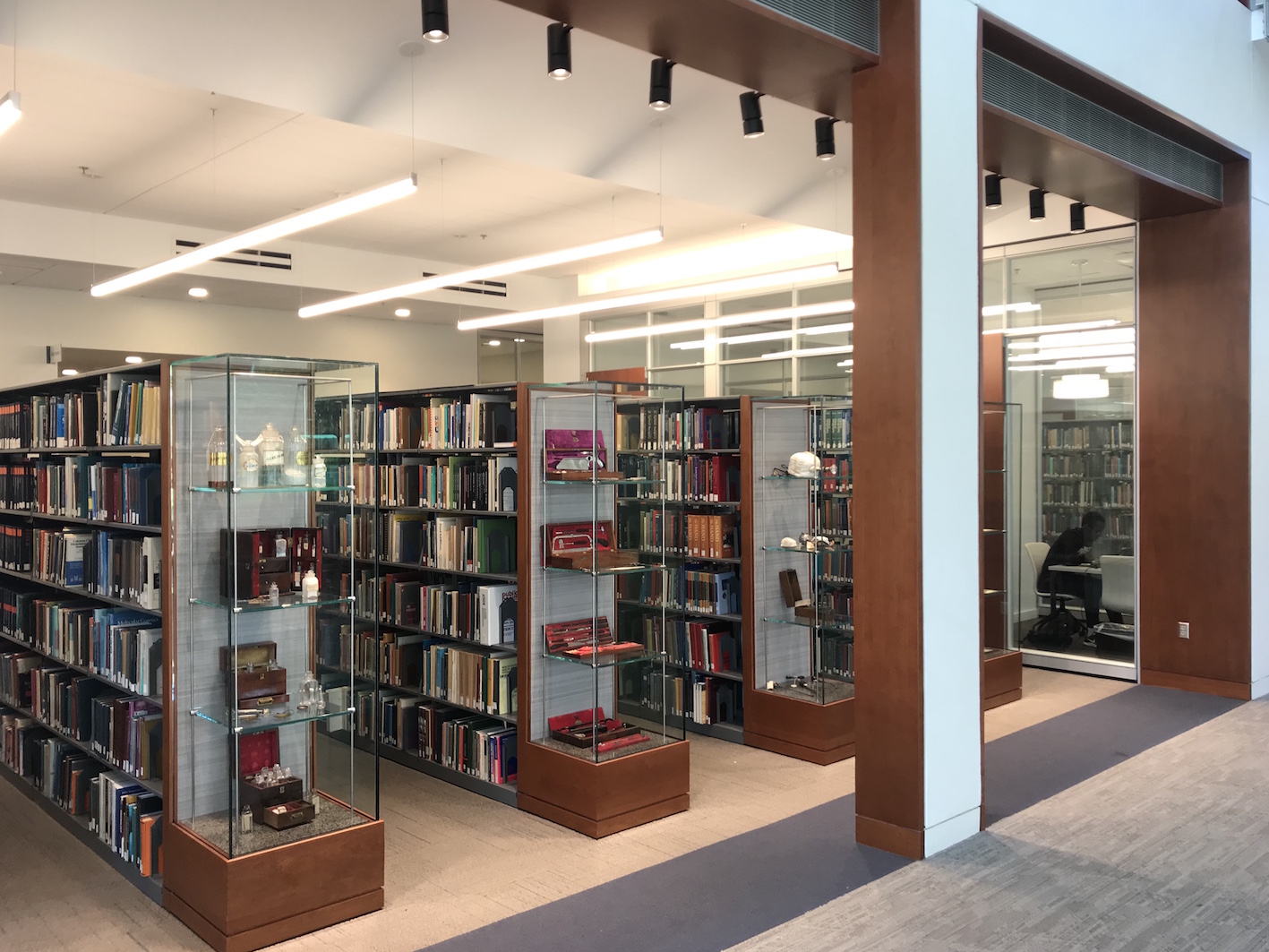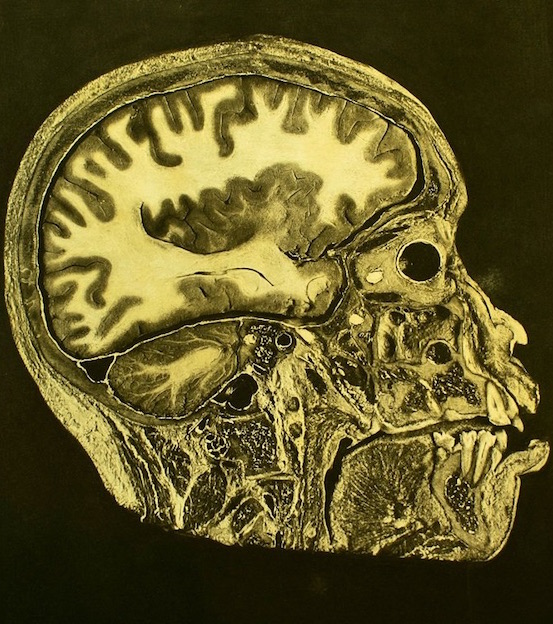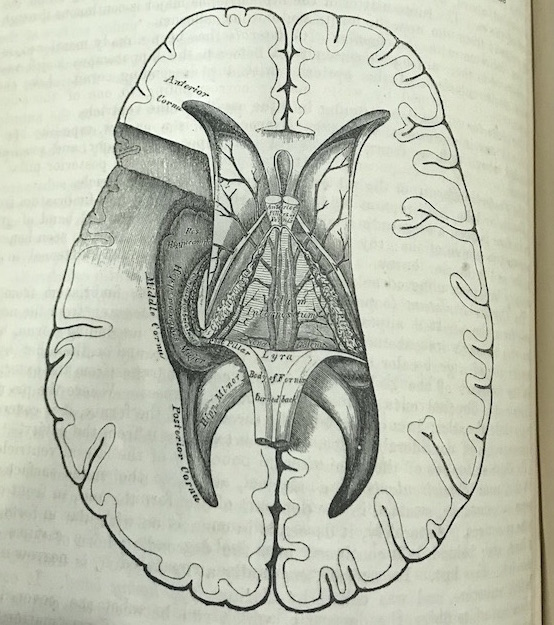Thinking 3D: Visualizing the Brain from the Renaissance to the Present

Opening in early fall of 2019, this exhibition at Vanderbilt’s Annette and Irwin Eskind Family Biomedical Library is part of a collaborative international year-long initiative with University of Oxford, the University of St Andrews, the Royal College of Physicians, London, and others. This international series of exhibitions explores the history of the concept of three-dimensionality and its influence on human perception and technological development.

Vanderbilt’s exhibition focuses on the origins of modern neuroscience, exploring human perception through studies and imagery of the brain. From the 16th-century works of anatomist Andreas Vesalius to stereograms to the latest 3D scanning techniques, the exhibition examines the physical and virtual ways that scientists have sought to depict and explain brain anatomy and function. Three-dimensional perception itself is a topic of this exhibition as well.
This innovative project puts minds of the 21st century in touch with those of early practitioners in neuroscience to explore biological, practical, and conceptual aspects of three-dimensionality in innovative and fascinating ways.


More information is available here.
Download exhibition poster.
